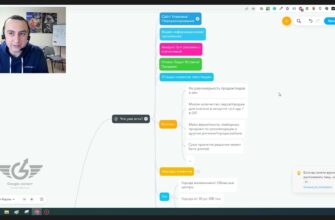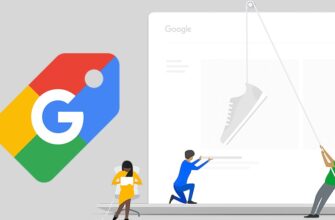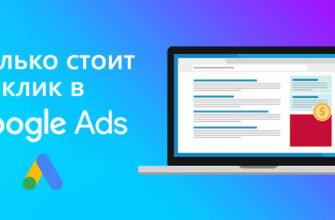- Ways to reduce the cost per click in contextual advertising
- How to reduce the price per click in Google Ads?
- 1. Use minus words
- 2. Separate the search network and CMMS
- 3. Use geotargeting
- 4. Use long search queries
- 5. Keep an eye on the relevance of the ad and the landing page
- 6. Experiment with time targeting
- 7. Improve the quality of the landing page
- 8. Add ad extensions
- 9. Use different bids for different devices
- 10. Add dynamic ads to your campaign
- 11. Conduct A/B tests
- What will lowering the cost-per-click rate in Google AdWords lead to?
It is natural for any advertiser to strive to reduce the cost per click and not lose out on the number of bids, regardless of the funds allocated to the campaign. But the statistics is disappointing – 9 out of 10 advertisers do not optimize campaigns, so almost half of the money allocated for Internet marketing, wasted.
Nevertheless, every second thinks about how to reduce the price per click in Google Ads without losing targeted traffic. It sounds tempting: increase sales and spend less on consumer engagement.
But maybe there is a way to increase the number of transactions without changing the budget for marketing activities?
How many calls and sales will I get by ordering contextual advertising from you?
I need to calculate the conversion of my website Describe
the task
in the application
Calculate potential ad revenue Google
contextual advertising calculator
Contextual advertising systems work on the principle of auction. The cost of a click is set not only on the basis of the rates set by the advertiser. Other important aspects are also taken into account:
- Quality scores of competing ads;
- The marginal rate per click;
- Rating of the ad itself.
And these parameters can be influenced if the goal is to reduce the cost per click.
Important! Improving the quality and relevance of ads gives the opportunity to increase the level of sales by achieving maximum conversion and without changing the amount of money spent.
Ways to reduce the cost per click in contextual advertising
There are two approaches to reduce the price of a click in contextual advertising. According to the first, it is necessary to limit the maximum possible rate per click. The second approach is based on qualitative improvement of ads and the whole campaign, limiting ineffective displays, increasing relevance, working on the landing page and semantics.
The first approach leads to a decrease in the cost of switching and simultaneous loss in the number of clicks. Forced rate limitation automatically reduces the position of ads in the ad block.
Please note! With significant restrictions, your offer will be seen only by a few users, that is, the audience coverage will be reduced, therefore, the number of visits of potential customers to the site will decrease.
The second approach looks more attractive. If you follow the recommendations – expand semantics, use minus-words, work on creating good headlines, then the ad will be positioned in the advertising blocks on the very first lines. The cost of transition will decrease due to the qualitative improvement of the rating, which will allow you to become a winner in the advertising auction more often.
How to reduce the price per click in Google Ads?
If the task is to reduce the pay per click in Google Ads, how to do it correctly, so as not to lose traffic? It is necessary to follow the recommendations described below, some of which are simple, and some of which require regular analysis and control.
1. Use minus words
These words limit displays for queries that bring irrelevant visitors to the site. For a selling resource, for example, such a word would be “free”. Their exclusion from the campaign helps to reduce the budget as a whole, not only to lower the average price per click.
The use of minus words has a positive effect on CTR and relevance of the ad to the key query due to the fact that the advertising offer is seen by a higher quality audience. The absence of untargeted visits helps to save money.
2. Separate the search network and CMMS
It is suggested by default when creating any campaign in Adwords to show in PBC. By accepting this setting, the advertiser receives a stream of irrelevant impressions and pays money from his advertising budget for the click of each such user.
The correct strategy looks different. It is better to create different campaigns: one for a contextual network and one for a media network. The purpose of each network is different. They cover different types of sites with different audiences. The media network predominantly shows graphic ads, while the search network is designed to show text ads based on user requests. Separating campaigns will save budget.
3. Use geotargeting
Limit displays to the area where the vast majority of the company’s customers are concentrated. You can do this by selecting a country, region, settlement, district or by setting the area on the map. For large cities, it is advisable to select on the map the radius around the company’s office or those areas from which conversions are most often made.
Important! Geo-targeting allows you to show ads only where potential clients are located. Its use has a positive effect on CTR and quality indicators, which inevitably reduces the cost per click.
4. Use long search queries
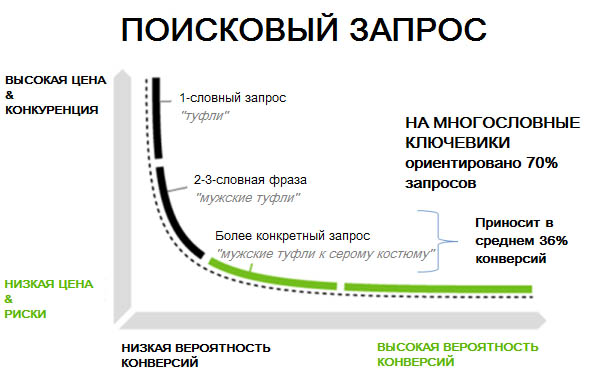
How many calls and sales will I get by ordering contextual advertising from you?
I need to calculate the conversion of my website Describe
the task
in the application
Calculate potential ad revenue Google
contextual advertising calculator
Ad relevancy is calculated for each keyword, so the cost per click is likely to be different for different queries. The popularity of high-frequency phrases due to their use by large corporations and brands leads to serious competition.
The solution is to look for medium- and low-frequency queries when creating a campaign. The competition on them is lower, so the cost per click will be less. An additional effect is also due to the fact that on such phrases site visitors are better converted. After all, the more detailed the query, the more aware the buyer is, the more ready he is to make a transaction. This reduces the price of a lead.
5. Keep an eye on the relevance of the ad and the landing page
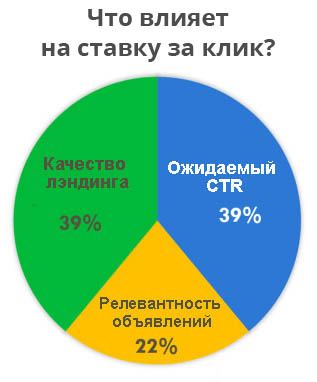
The solution is simple – you need to choose one phrase for each group of ads. Ideally, this phrase should be present in the text of the ad, and in the headline, and on the landing page. This affects the quality score, which means less money is needed to increase the position of the ad.
6. Experiment with time targeting
Evaluate at what times there are more conversions to your site and set your displays to those times of the day. The conversion rate will be higher, which will have a positive impact on quality scores.
The opposite strategy of displaying at unpopular times will help to collect the traffic that competitors miss by turning off advertising on holidays, weekends or at night. Customer acquisition costs will be reduced due to less competition.
7. Improve the quality of the landing page
The quality of the landing page partially influences relevance. It’s not enough to add key queries to it. You also need to:
- Optimize it for different types of devices;
- Get rid of questionable SEO methods, if any;
- Control page load speed;
- Correct errors in the code;
- Supplement the page with interesting information not only for search engine robots, but also for users.
In fact, it is necessary to perform the same actions as for a good ranking of the resource in search engines, and then the system will highly appreciate its quality.
8. Add ad extensions
Making the offer more noticeable helps with additional extensions. Such content can include quick links, contact information, structured data, and so on. This approach makes advertising stand out from competitors. Ads are more likely to be clicked, and this increases CTR and improves rankings.
9. Use different bids for different devices
Visitors using different devices convert differently. The growth of mobile traffic has led to an increase in the cost per click from mobile gadgets. By creating different campaigns for different devices, you can save budget on clicks from PCs (by setting lower bids for their users).
10. Add dynamic ads to your campaign
Google’s dynamic ad technology tailors ads to specific users, which increases relevancy. And since it is one of the quality indicators, the cost per click is reduced.
11. Conduct A/B tests
To conduct this test, each group must contain two ads with the same keywords in the title and lead to the same page. Only the extensions and texts of these ads are changed.
Analyzing the results of displaying ads will help answer the question of how to reduce the cost per click in Google AdWords. It is necessary to evaluate which variant has the best CTR and conversion rate, and disable the ineffective one. Instead of the disabled ad, a new one should be created and tested again. This principle of action leads to an increase in traffic and relevance. As a consequence, the cost per click decreases.
What will lowering the cost-per-click rate in Google AdWords lead to?

Applying all of the above recommendations not only improves the ranking of the advertising campaign, but also creates a better offer for the consumer.
New customers make deals and increase the overall profitability of the business. If the tips on how to reduce the rate per click in contextual advertising are applied correctly, it has a positive effect on the overall rating of the account, Google Ads begins to regard your company as a reliable partner and advertising costs become lower.






